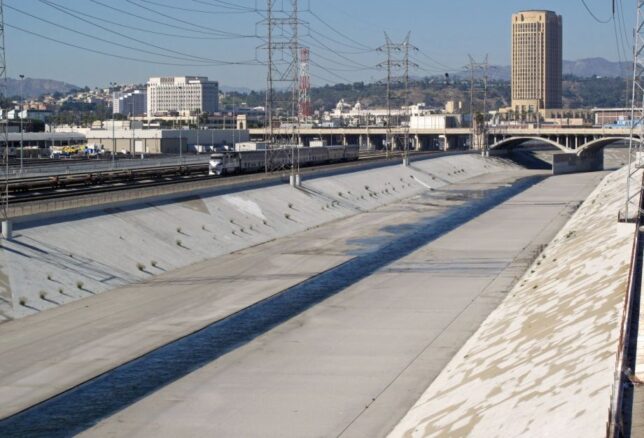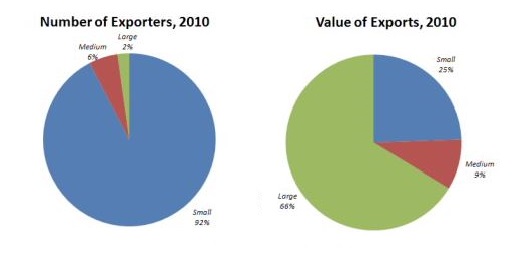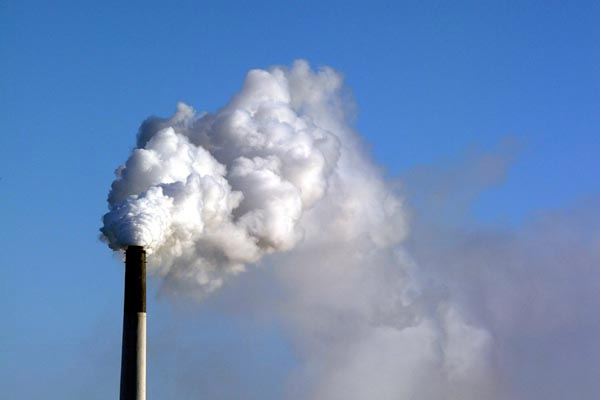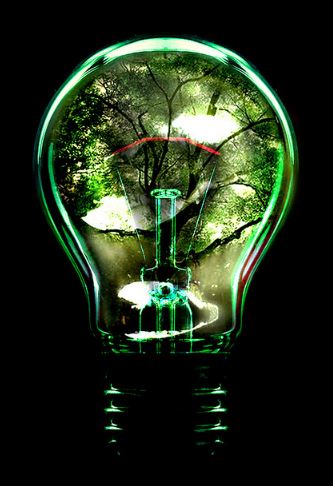Social Entrepreneurship: The New “Hybrid” Organization

Social Entrepreneurship and Social Innovation are the new “buzz words” when it comes to both the business and non-profit sectors. Many people believe social enterprises to be a mix of both worlds, incorporating the social impact focus of non-profits, with the financial stability, or financial returns, of a business. Some are even calling these emerging […]
Best Practices in Water Management: A Look at LA

The city of Los Angeles is home to 3.8 million people living in 469 square miles. It is the second largest city in the US, behind New York City (which has a population of 8.2 million people that miraculously live in 302 square miles of land). During the last few decades, the City of Los […]
Purpose, Values, and Action: Corporate Responsibility in SMEs

Multinational Corporations have been at the center of the discussion surrounding corporate responsibility. This has occurred for two main reasons: 1. Multinationals have received a significant amount of “bad press” in recent years – from oil spills, to child labor scandals, to world financial meltdowns – pressuring them to “shape up” 2. Multinationals maintain significant […]
The Carbon Capture and Storage Debate: Are we “Locking Out” the low carbon energies of the future?

As explained in a previous post, Government policy can have enormous impact in shaping our technological base in the future by promoting the “locking in” or “locking out” of certain technological innovation. Just as Governments can help incentivize the “lock in” of renewable energy technology into our energy future, their decisions can also play a […]
The EU Emissions Trading System and the Complexities of Incentivizing a Clean Energy Future

The European Union has been working diligently to promote the expansion of a low carbon economy. They have ratified the Kyoto Protocol, passed a relatively rigorous energy strategy for 2020, and created the largest Carbon Cap and Trade System in the World: the European Emissions Trading System (EU ETS). To briefly explain how the EU […]
Subsidies, Trade, and the Broken Food System

Source: Gates Foundation, Creative Commons Licensed You have probably heard about it before: The Broken Food System. Our world’s ability to produce a surplus of food, juxtaposed with our inability to feed all the world’s people. Roughly one-third of the food produced in the world every year intended for human consumption gets lost or wasted. […]
Risk and Opportunity Management for Corporate Social Responsibility
Recently, we have been discussing the theory and importance of Risk Management in project planning and management. In order to manage risks in a project, there are several tools used to plan for all possible negative impacts on a project. Project managers fill out several charts, analyzing the likelihood, severity, impacts, warning signs for each […]
Certification Schemes in Properly Managing our Environment
One major question I seem to struggle with all the time is how to know whether or not we are making smart choices as consumers. How do we know whether or not the fish we are eating comes from an over fished lake or river? How do we know if the Ikea table we bought […]
Global Rate of Consumption Reaches 1.5 Planets; America Reaches 4.
The rate at which Americans use natural resources is strikingly unsustainable; yet, they are not alone. Fortunately, the WWF has come up with some ways to fix it. The planet is suffering from man’s demand for food, water, ipads, and airplanes. Not only are we over consuming our natural resources at an unsustainable rate, but […]
Economic Growth, American Politics and NeoLiberalism
Over the Holidays, I have found myself having several conversations regarding Microfinance: its benefits, its costs, the theory behind its popularity, the practical results on the ground, and why so many people – especially in the US – believe that helping the small entrepreneur will innately help the rest of the population. The latter specifically […]
Microfinance: The Grameen and BRAC Experience
Two of the most widely recognized microfinance institutions in the world today are both located in Bangladesh: the Grameen Bank and BRAC. The Grameen Bank was founded by Mohammed Yunus in 1976. Since then, they have loaned nearly 13 billion US Dollars to almost 4.5 trillion borrowers. In November of 2012, the bank had 8.4 million active borrowers with more […]
Frustrations from the World’s Youth at the UN Climate Conference
For the past two weeks, leaders from over 190 countries have been negotiating the future of climate change at this year’s UN Conference on Climate. The negotiations have taken place between member countries of the UN international treaty titled the United Nations Framework Convention on Climate Change (UNFCCC). The treaty was ratified at the Earth […]
Microfinance and its Increasing Popularity
About a year ago, I was first introduced to the idea of microfinance through the website Kiva.org. I was fascinated by the idea and inspired by the organization. In fact, last year instead of purchasing Christmas presents for my family members, I donated $100 to the Kiva website and my family and I chose entrepreneurs […]
Microfinance: An introduction
Mrs. Rajalakshmi displays loan cards issued to borrowers enrolled in Mahasemam Trust’s Microfinance Loan Program. Chennai, India. Over the last few decades, microfinance, or microcredit, has become a popular mechanism for economic development and poverty reduction. Microcredit can be defined as “programmes that extend small loans to very poor people for self-employment projects that generate income, allowing […]